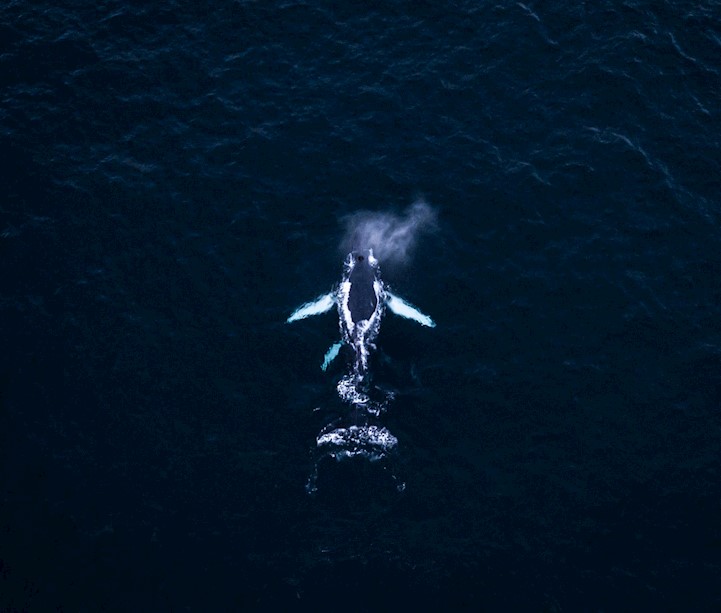There are three potential reasons why this terrible situation happened to you:
- The page may have been moved or deleted.
- You may have used an outdated or broken link.
- You may have typed the URL address incorrectly.

There are three potential reasons why this terrible situation happened to you:
